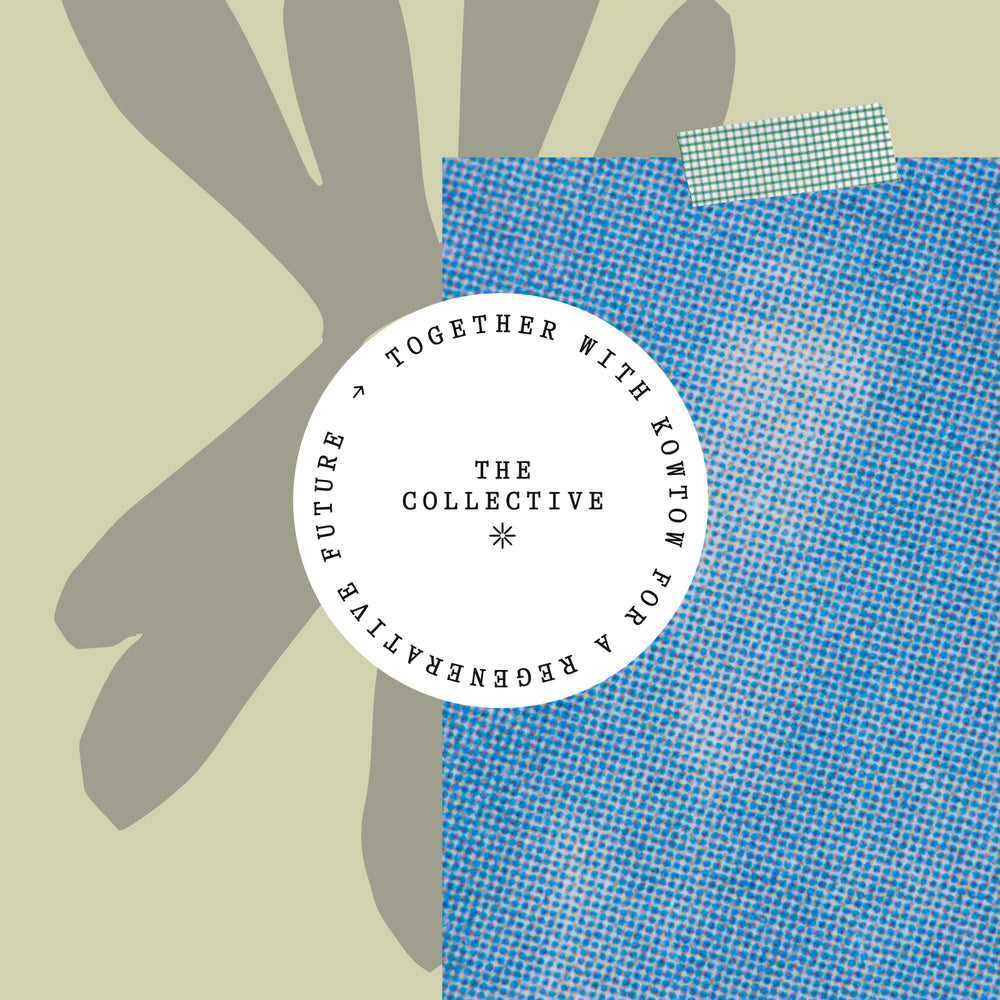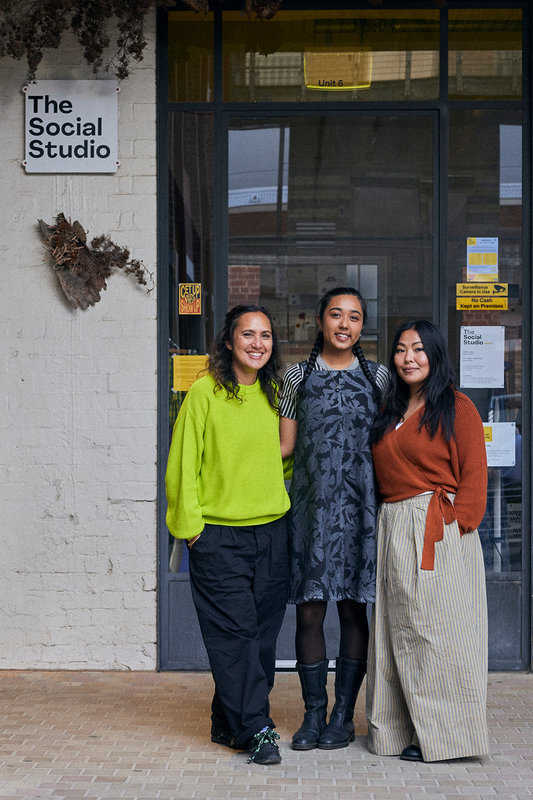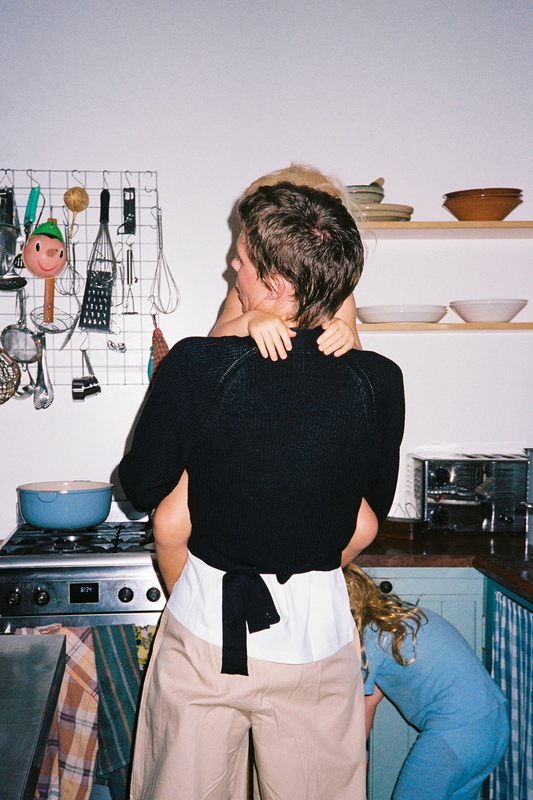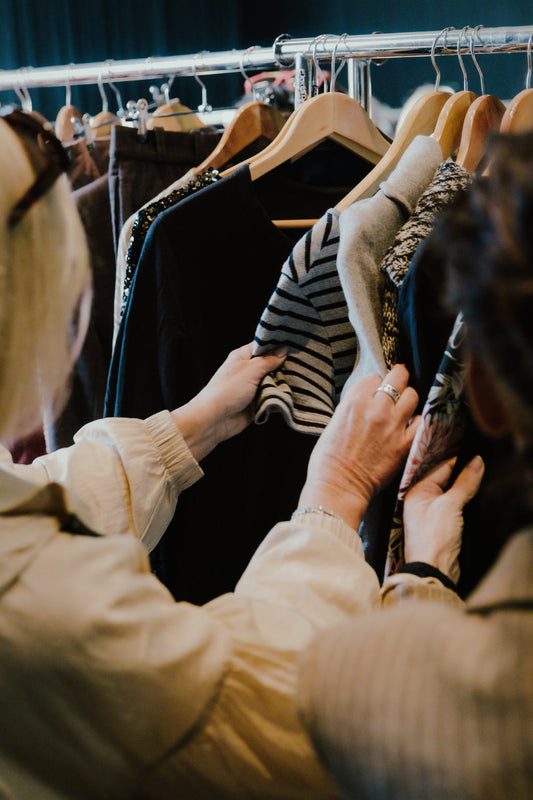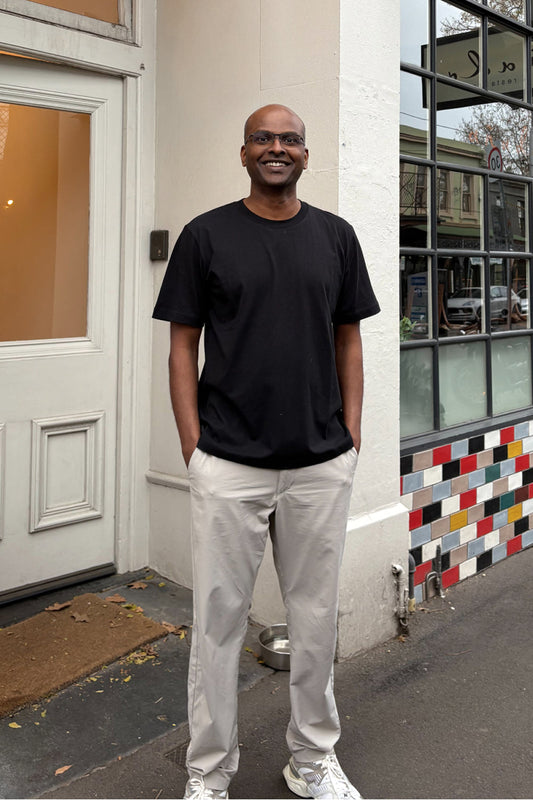The benefits of green spaces and access to nature are long documented. As urban populations grow and the sprawl of concrete continues to encroach on the natural world, community gardens and urban farms take on a new importance. With a shared purpose to do better for the planet and our communities, Kowtow seeks to bring attention to and celebrate the Avant Gardeners - the local changemakers behind these vital green spaces.
Nestled in the heart of Tāmaki Makaurau is Kelmarna - a thriving urban community farm and garden dedicated to building a healthy community and environment, and promoting regenerative agricultural practices. Kowtow spoke to Kelmarna’s Urban Farmer, Maddy Cull, to find out what makes this place so special and to learn more of the positive impact urban farms have on local communities and the planet.
What brings you to Kelmarna and why is this place special?
My journey with Kelmarna Gardens started in April, just before the persimmons began to ripen. I remember, as this was when I ate my first. I’ve now seen Kelmarna’s persimmon trees fruit three times, and they seem to be sweeter every year. There have been many lives that have seen seasons pass in Kelmarna and a lot of care has been put into the place to make it what it is today - a place that puts a smile on your face as you enter, and one which encourages challenging conversations about systematic change that are often brushed away elsewhere. Kelmarna is a place where many corners of life meet, are respected, and cherished towards the shared goal of regeneration and change.
Currently we’re seeing the plum trees come to bloom that were planted by nuns involved with Kelmarna in the mid 1900s, and I’m sowing seeds for our new market garden. At Kelmarna, we apply compost for new life to begin and we sow seeds for the future seasons, acting together with optimism. We come together to butter our warm toast, leaving with hands full of generous gifts from the garden. I come to Kelmarna to continue to grow with Kelmarna, providing more solace for those with tired hands, to gift what the persimmon tree has done for me year after year.
Tell us about the changes that urban farms make to their surroundings?
There are many changes urban farms have on their surroundings and many of these have cascading effects on further out communities and people. There are a few aspects I’ve seen first hand when thinking about these changes but I’m sure there are countless more others have experienced:
- Urban farms create and bind together communities. Today we’re seeing the fragmentation of communities and people losing their connections to local areas, with people of all ages being affected by this social isolation. With the state of the climate we need communities to come together to support one another and work towards collective action. Urban farms work to bring people together, from many different walks of life and generations, under the shared love for the natural world.
- Urban farms are a nexus of learning and knowledge sharing.There is a declining knowledge and ability for people to grow their own food. With the growing disconnect between urban populations and the production of their food, especially amongst young people, there are wider implications for the future of the natural environment and public health. Beyond growing food we teach other important regenerative actions, from making your own compost and building soil to learning about people and how to care for them. All of this knowledge sharing and learning improves the wellbeing for our community and environment.
- Many urban farms, like Kelmarna Gardens, have a community compost hub. These community compost hubs operate on a local scale, support urban soil regeneration and food production, and generate a range of benefits for the community and environment. These hubs help people and businesses think more about their waste and the potential benefits that can arise through reducing waste and having it composted locally. They provide another gateway into connecting with urban farms and understanding the importance of food sovereignty through providing a closed loop circular system where people can buy nutrient dense produce and get it composted to enable us to grow more food!
Kelmarna has recently expanded your food production space, can you explain what drove this?
This year we began the implementation of our Paddock Development Project, a raft of integrated new enterprises that will create a huge range of opportunities in our paddocks to increase the area we are regeneratively farming. This increased development of food production has a knock-on effect, having a significant impact in education and training, community engagement, biodiversity and carbon sequestration, and job creation.
To us, this represents a vision of our food future - community-centred, human-scale, diverse, ecologically-regenerative farming for nourishment, not commodity. In contrast, industrial, fossil fuel-dependent monoculture farming is devastating our ecosystems, our health, and fuelling the climate crisis.
We decided to expand our food production because we believe we urgently need a radical transformation of our food system. We need to visualise and create models that show us a different way forward. At Kelmarna, we have a unique opportunity to demonstrate these models in the heart of Aotearoa’s biggest city.
Tell us briefly about how you care for compost?I’m deep down the rabbit hole of learning and playing around with compost, something that I never knew I would say! There is something truly beautiful about making compost, taking scraps and cut-offs that no longer have a use and turning them into more life by the sheer power of billions of microbes. The ways you can tinker and care for compost is an endless journey of discovery, some of which feels like magic. I work to try to encourage the highest diversity of beneficial microbes to our compost, often feeling a bit like a scientist gone rogue and witchy. I measure and record the temperatures of batches to determine the health of the pile and population of microbes. I record data of the amounts we add to be able to inspect later why certain batches are better than others. The witchy part comes with inoculating piles with microbially rich additions, making brews, slurrys, and playing around with a lot of leaves and mulch. I’m still learning and I don’t think you ever stop learning about compost.
FIND OUT HOW YOU CAN GET INVOLVED IN KELMARNA HERE
DISCOVER A GREEN SPACE NEAR YOU WITH OUR URBAN GARDEN DIRECTORY
